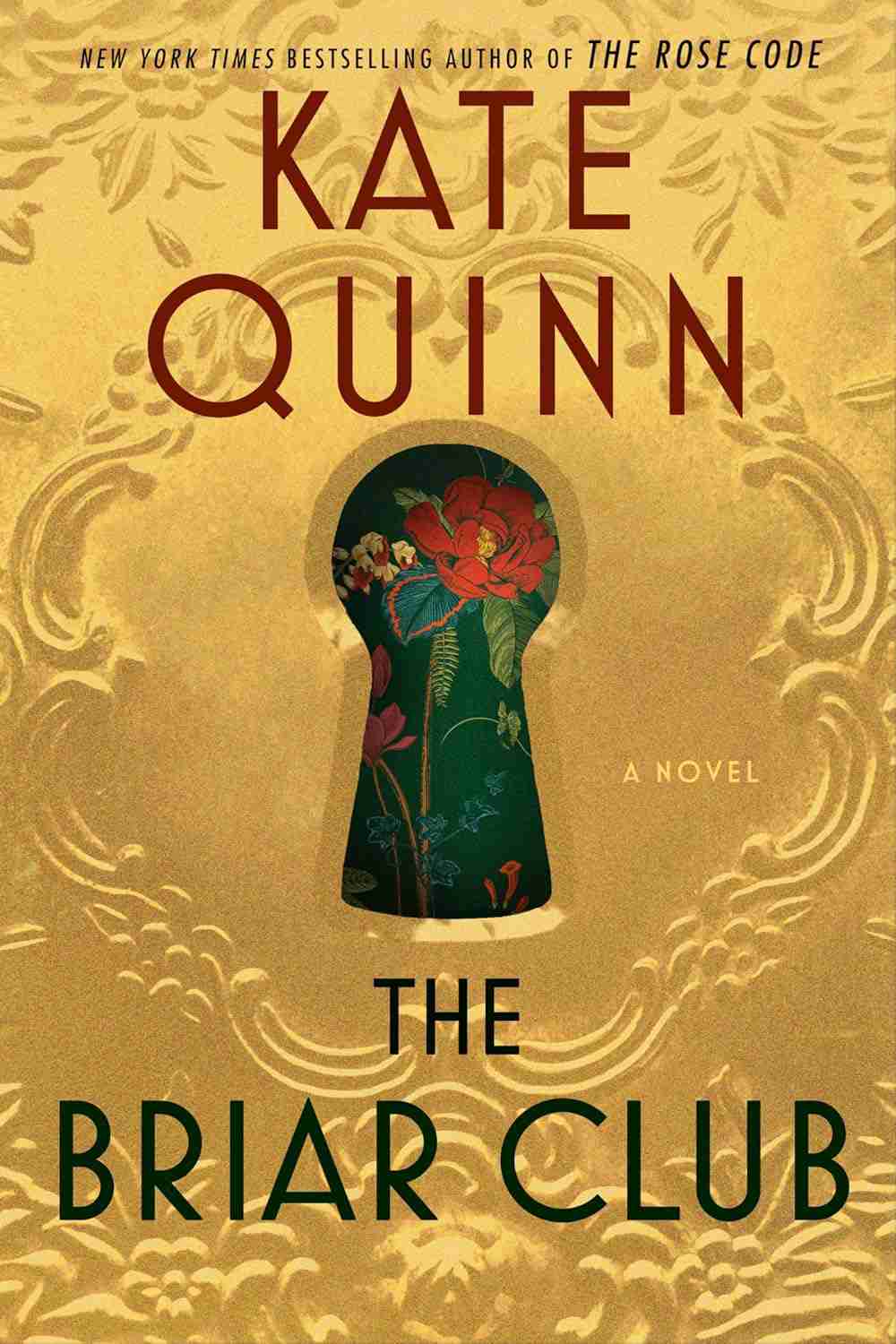
Picking up *The Briar Club* felt like stepping into a creaky, lived-in house where every floorboard whispers secrets. The genius twist? The house itself narrates, watching its tenants with quiet intensity. It’s like eavesdropping on neighbors through thin walls—intimate, messy, and utterly addictive.
Grace, the heart of the story, stitches these women together with Thursday night dinners (and recipes tucked into chapters—brilliant touch). Her warmth is contagious, but the real magic is how Quinn makes you *feel* the 1950s: McCarthy-era paranoia, jazz clubs humming under streetlights, and women quietly rebelling against corseted expectations. I gasped at the twist (no spoilers!), but it’s Nora—the Irish cop’s daughter with a spine of steel—who still haunts me.
Not every character lands (one lodger’s icy detachment grated), but that’s life in a boardinghouse—you don’t love everyone. The house’s narration? Pure atmosphere, like dust motes dancing in sunlight. By the end, I mourned leaving Briarwood as if I’d lived there too. Quinn’s best trick? Making history feel like a shared pot of stew—simmering with flavors you’ll crave long after the last page.

